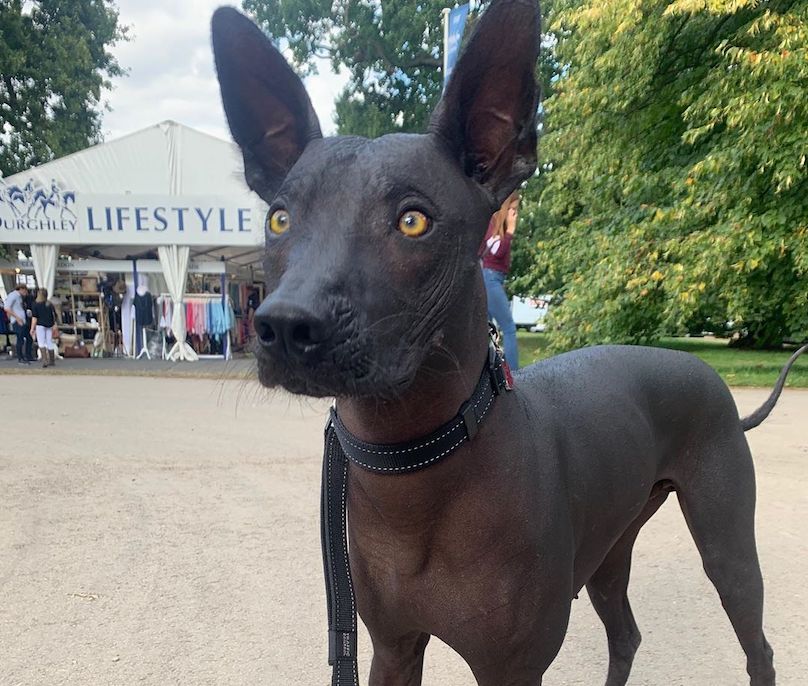Hello ladies and gents this is the Viking telling you that today we are talking well im not this new Writer is i hope you like the post
XOLOITZCUINTLE
Contrary to what many may believe; unlike horses, pigs and cows; dogs weren't introduced in the American continental by European conquerors. In fact dogs reached the continent along with the first homo sapiens through the Bering Strait; prospered, diversified and became an essential part of the culture of many native American cultures.
One of such canines was the xoloitzcuintle (also known as Mexican hairless dog). The name of the breed comes from the náhuatl words Xólotl (that means strange or deformed) and itzcuintli (that means dog).
The breed originated in central America approximately 7,000 years ago, although it's domestication occurred 5,500 years ago.
This dog was heavily linked to the religious life of the Aztecs. The animal was associated to the deity Xólotl (an anthropomorphic god with the head of a dog) this divinity was the god of darkness, transformation, monsters, and protestor of the underworld and other spirits. According to the Aztec mythology the xoloitzcuintle was a transcendental guardian and ally that accompanied the Xólotl during his journey transporting the afternoon sun into the sunset. The dog was also the responsible of accompanying the souls of the dead to their destiny and it served as a funerary offer to their owners.
The legend says that Xólotl made the animal with a chip of the bone of life to give as a present to the mankind. He explained that they must take care of the dog in life and the animal would return the favor once they die by guiding them to Mictlán (the Aztecan underworld). For this reason the dog was sacrificed once the owners died. In their culture, Aztecs also thought that the dog should be completely black, because white spots on it's skin were a sign that it had already served another soul.
Outside of the religious ambit the dog was also used in medicine to alleviate pain. Being a common practice to press the skin of the canine against sore areas to cure muscular pain, migraines and it was also used to treat insomnia, rheumatism, asthma and malaria.
It's believed that, at the beginning, the Spanish explorers mistook the animals for a small horse. But with the presence of the foreigners the existence of the breed became threaten. Despite it already being part of the native’s diet, with the arrival of the conquerors the consumption of the dogs became excessive.
The Europeans acquired a taste for the animal, who's meat was perceived as a delicacy, making the population decrease rapidly. The indiscriminate consumption is also thought to be a tactic used by the Spanish to end the pre- existing culture and traditions of the Aztecan empire (there aren't many records of the dog during the colonial period).
However the xoloitzcuintle prevailed. This smart animals moved and survived in remote areas like the Jalisco, Colima, Michoacán, Oaxaca and Guerrero mountain ranges, using their instincts and intelligence. The dog would recover importance after the Mexican Revolution, with the emergence of nationalism, turning into a symbol of Mexican culture.
Written by the Ghost Koala and as always have a chilled day from the Viking.

Comments
Post a Comment